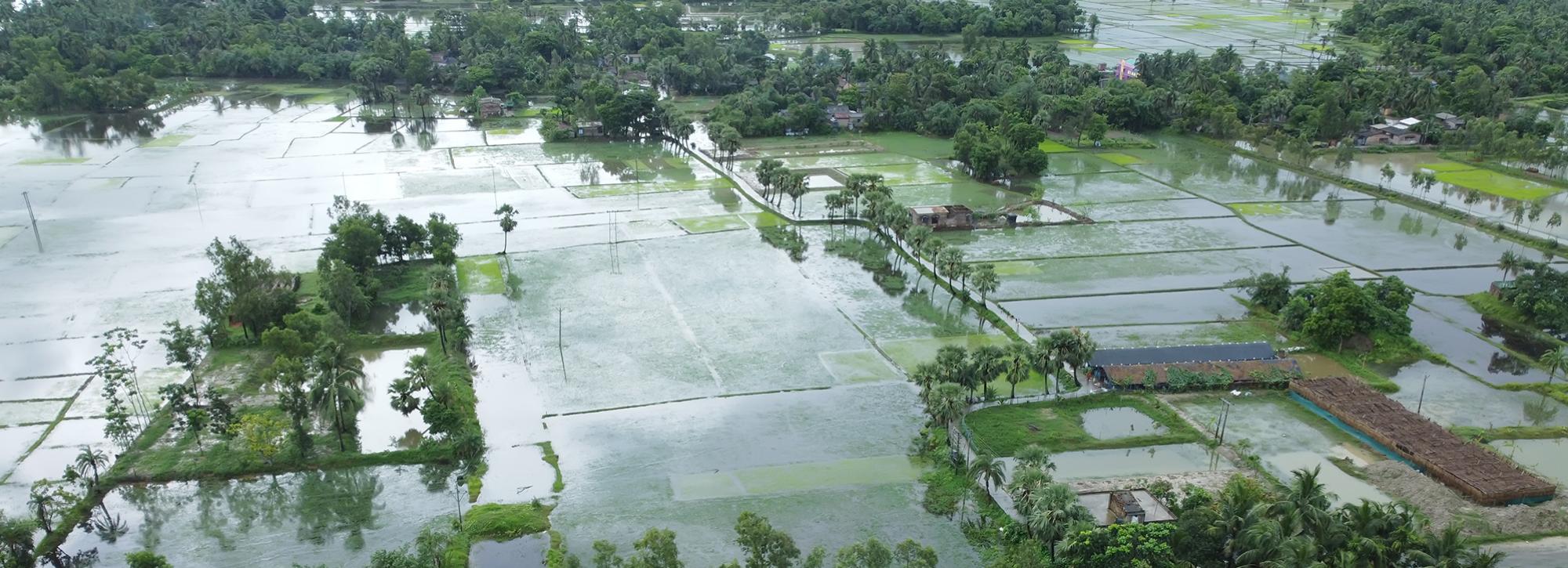
Using satellite data to evaluate the impact of severe weather in India
We have developed new methods that use satellite earth observation data to evaluate the impact of severe weather across India.
Wide-ranging impacts
Every year in India, climate-related hazards cause large loss of life and damage to property, as well as critical infrastructure. Between 1995 and 2015 some 805 million people in India were affected by weather-related hazards. A 2017 report put India among the 10 most disaster-prone countries in the world and ranked floods as the climate-related hazard posing the greatest risk to people. Guidance issued by the World Meteorological Organisation in 2015 strongly recommended the development of monitoring tools, capabilities and networks to verify forecasts and warnings of the impact that natural hazards will cause.
Delivering consistency
Impact assessments are usually informed by on-the-ground observations and reports from a variety of sources, but the lack of structure and consistency of methodology makes it difficult to compare across events. It can also be difficult to determine the impact of large events with a wide spatial scale or events with a dynamic time component.
As part of the Satellites for Impact and Vulnerability Assessment (SIVA) project, we explored how satellite remote sensing can be used to consistently identify and quantify some of the impacts of severe weather in India.
Satellite remote sensing data offers a consistent source of information with up to global coverage. It can be used to observe large spatial areas and situations evolving over time. We developed a set of methods to show the capability of satellite data to identify and classify the impacts of floods and high winds. This includes:
- Inferring the impact of a flood on the road network and creating algorithms for assessing changes of road access to critical infrastructure during a flood;
- Calculating population whose villages are cut off by flood waters;
- Building a new method for assessing the impact of a flooding on crops;
- Building a new method for assessing the impact of a high winds on orchards.
By developing these specific examples, SIVA has improved our overall understanding of the nature of ‘impact’ and how it should be represented.
Enhanced emergency management
The methods we developed on the SIVA project are an important step to building new weather and climate services capable of forecasting and evaluating, not only the natural hazard itself, but the impact that the natural hazard will cause. These resultant services will allow key stakeholders to make informed decisions as to the most effective emergency management strategies for severe weather; they will contribute to national and local disaster risk reduction strategies; and will help to reduce the damage caused by high-impact weather.
SIVA was funded by the Met Office Weather and Climate Science for Service Partnership (WCSSP) India project, and was supported by the UK Government’s Newton Fund.
Want to know more?
Contact our project lead

